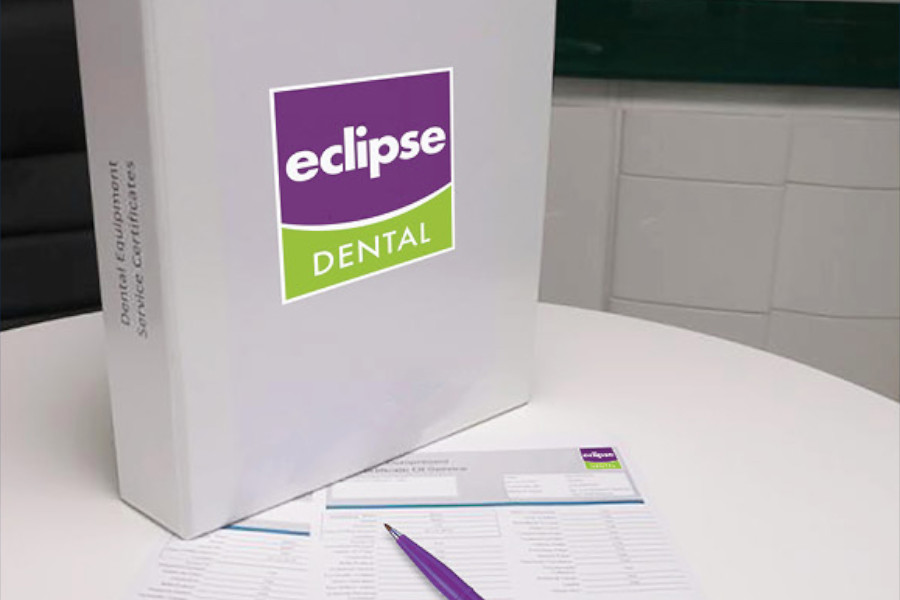
Are you setting up a new dental practice or moving your current practice to a new location?
Navigating the guidelines and regulations of the Care Quality Commission (CQC) can be a challenging and time-consuming process.
This article outlines the necessary steps to take, such as:
It is imperative to be familiar with the guidelines and regulations of the CQC when setting up a new practice or moving to a new location.
You must register and approve your practice before you can begin accepting patients.
You are prohibited from providing services for which you are not licensed and negotiating CQC registration could be a sizeable task.
The CQC is responsible for regulating, inspecting and monitoring health and social care services in England, and dentists who wish to become an NHS provider must meet their stringent standards, although NHS approval will need to be completed first.
Knowing what is necessary to become compliant with the CQC and how to achieve this can be very challenging, like the ‘what came first? The chicken or the egg’ scenario.
So, it is important to take a methodical approach to ensure success.
Following the right steps to become compliant with the CQC is critical for any dental practice to establish and maintain successful operations.
For instance, a dental practice should understand the regulations and its implications, plan the process of becoming compliant, and have a continuous process of monitoring and updating its operations in line with the regulations.
As part of this process, you should ensure that the premises, resources and staff are all adequately trained and meet all the requirements.
All staff should have knowledge of how to follow effective infection control procedures before any patient contact, and the practice must ensure that all medical devices have a regular maintenance schedule and are calibrated.
Everything within the practice must be in place and operational before the inspector books a visit.
The largest barrier for dentists seeking CQC compliance for a new practice or relocation is the time frame of this process.
The CQC requires that all dental practices demonstrate a high standard of care and practice, as well as being compliant with other regulatory requirements.
This is done in stages and, in essence, the CQC will not sign off a new or relocated practice until it is operational, and you cannot book patients until it is signed off.
From the date of application validation to the date of notice of the decision, the process takes ten weeks on average.
For best practice when a relocation is being arranged, the ideal scenario would be to have both the old and new practices running during this period, so moving one surgery at a time if possible.
This would mean that the old practice can keep booking patients while the new practice is awaiting a visit from the CQC inspector.
Our flexibility accommodates the inflexibility of this process. Our project management service is responsive and agile with experience in this area.
After the visit, we can deal with any action points given by the inspector.
When applying for CQC compliance, it is important to ensure that the practice has all the necessary paperwork and documentation ready.
To register as a new provider, follow this link from the CQC, their guide covers the application, how long it takes to register, DBS checks, supporting documents, references and financial viability.
If you are changing location, this is classed as ‘making changes to your registration‘. In this case you must add a new location and then when the relocation is complete, remove the old location.
Valid documentation would include having a contract with the NHS (if necessary), submitting an application form to the CQC, providing evidence of providing quality care and having a valid policy for ensuring patient safety.
Additionally, it is essential that the practice meets all relevant standards for the CQC, such as complying with regulatory requirements and demonstrating a high level of commitment to patient care.
Eclipse Dental can assist with documentation in the form of feasibility drawings, such as the placement of autoclaves and bins. They would look for high-quality technical drawings and plans.

To ensure a successful CQC compliance process, it is important to be prepared.
This means having all relevant paperwork and documentation ready to go, preparing staff for the review process, and ensuring that the practice meets all relevant standards.
Additionally, it is important to maintain open and honest communication with the CQC throughout the process, address any concerns in a timely manner and ensure the accuracy of information.
The process can seem overwhelming and intimidating, often leading to dentists feeling discouraged.
Some dentists may feel that the CQC compliance process is too difficult and time-consuming. They may worry that their application will be unsuccessful, or that they will not be able to meet all of the requirements.
By following these steps, dentists can make sure that they are prepared for the review process so that their application can be successful.
Additionally, it is a good idea to have a plan in place for continuing to maintain CQC compliance once the application has been approved.
This includes regularly auditing and monitoring patient care, documenting any changes made to the practice, and ensuring that equipment remains in line with relevant standards.
I hope this article has provided helpful information on understanding the CQC and navigating the application process for dental practices.
If you have any further questions or would like to learn more about the process, please reach out and we would be happy to assist.
We offer advice, supply and installation of equipment, flooring, cabinetry and decontamination areas.
By understanding the unique needs of each practice, we design and build spaces that work for the dental practitioner, their staff and their patients.
We also provide equipment maintenance, staff training and review how it’s working for you on an ongoing basis, to ensure high performance and minimum downtime for the practice.

I have used them for the first time in recent months for a complicated project in carrying out a practice refurbishment. Eclipse were meticulous and brilliant. Very knowledgable engineers and a beautiful finish to my practice. They really are a family based business who will look after you. Very professional company and will definitely keep using them.

I had my 2 surgery practice completely stripped out and services repositioned with new flooring, new equipment and redecorated. They kept to the agreed time scale and we were up and running in our state-of-the-art new surgery. Thank you Eclipse and I will be using your services again.

I did a lot of research looking for a dental fit-out company before I came across Eclipse Dental. They designed the surgery exactly the way I wanted it to look which suits my requirements perfectly. The final result was phenomenal, just phenomenal!

The engineers that attend our practice are very knowledgeable and always act in a professional manner. If we have an emergency situation John Boyt always tries his best to fit us in. I have no hesitation in recommending Eclipse Dental Engineering to you for all your servicing and breakdown needs.

Eclipse listened to my ideas, they added a lot to them and improved my initial design. They had loads of realistic and creative ideas for a 21st century dental practice! Two surgeries were refurbished on time without any interruption of our clinics.

We would highly recommend the awesome Eclipse team who guided us through the design process, finishing touches and colour schemes. Their ability to combine build works with equipment and dental engineering makes it so much easier and better value.

I am very pleased with the result, it is of a high quality and surpassed my expectations, on the strength of the work done I commissioned some extra wall cabinetry. The whole process was hassle-free and I would be very happy to recommend Eclipse to my friends in the business.
We used Eclipse recently in an emergency as we had equipment failure. They were very quick to respond to our call and were able to get us working again within 2 hours. The engineer was very friendly and professional and I would highly recommend this company.

I would like to express my gratitude to you and your team for your professionalism and prompt response when our dental chair packed up. You attended the same day, removed the damaged chair and installed a rental to allow us to continue practising.
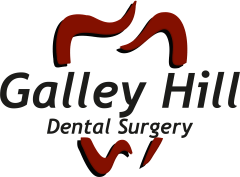
Having dealt with many fit-out companies over the years, Eclipse Dental has been one of the most professional, dependable and sincere companies I have ever worked with. I would not hesitate to use their services again.
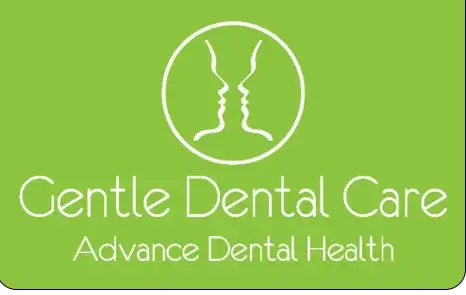
Excellent service, Eclipse have worked tirelessly for us and have always come out same day if we have a problem stopping us working. Thanks to all at Eclipse.
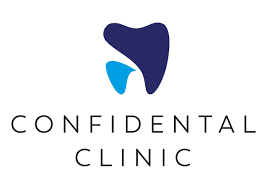
Their awareness of CQC regulations regarding equipment relocation and our necessity to minimise downtime was brilliant. We would like to recommend Eclipse Dental to anyone considering a refurbishment or relocation.
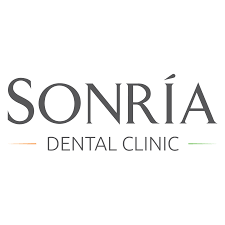
Very happy with the service and reliability of the team. From the beginning to the end, everyone was always helpful and very kind. I definitely will recommend Eclipse Dental!

I liked how swiftly the projects were done. Everything was managed, everything was timed and everything was coordinated. And every day we saw something happening. It was very exciting.

The quality of craftsmanship was exceptional—the cabinetry, flooring and all custom elements were made precisely to our specifications and aligned perfectly with our vision for the space.

Brilliant. Just professional! Complete refit of surgery. Flawless.

The boys did well! We didn’t give them much time to prepare but they did a great job, extremely pleased.

We have had the chairs for some time now and are happy with them. They serve what we need them for. The aftercare service is excellent

Eclipse are very flexible and listen to your needs. We are very impressed with the quality of workmanship they delivered. I would not hesitate to continue recommending Eclipse.
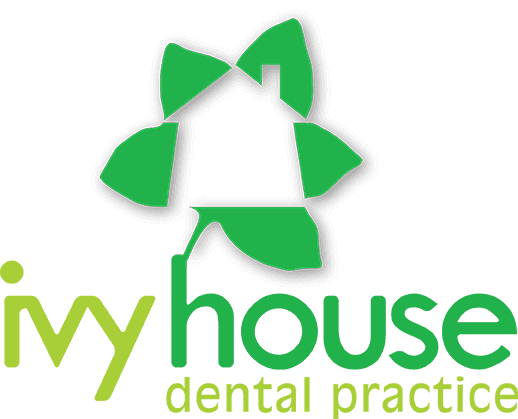
Eclipse were always accommodating of any requests and would always go the extra mile. I look forward to working with them for many years to come.

We are delighted with the end result. The practice looks good and, more importantly, works ergonomically and efficiently.